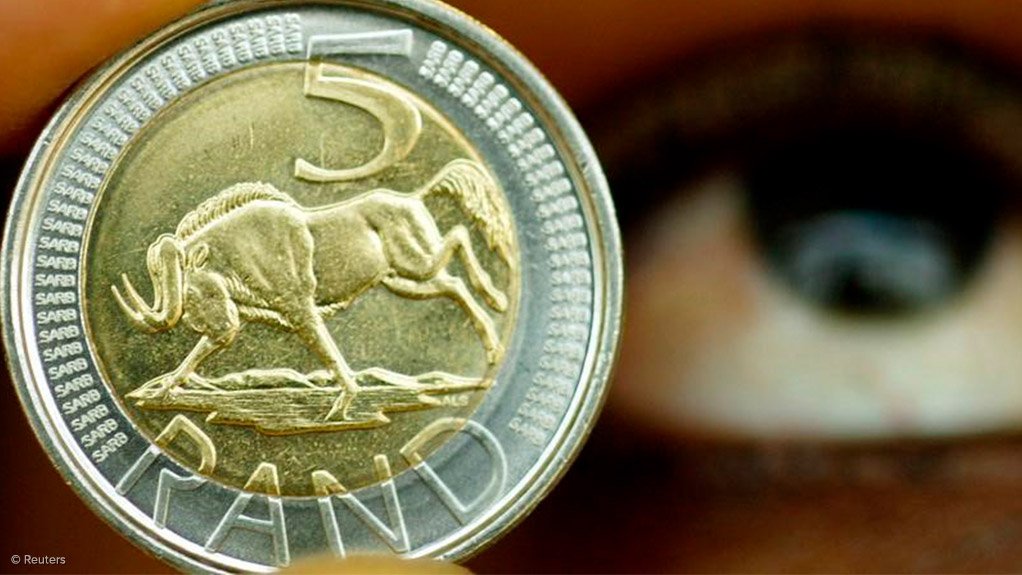The gyrations of South Africa’s rand and Brazil’s real illustrate the complexities traders face in evaluating the potential impact of US tariffs.
The two currencies fluctuated wildly this week, and volatility measures suggest more price swings are in store in the run-up to the August 1 deadline for the tariffs to take effect. The cost of hedging against declines in both currencies has soared.
The rand fell 1.6% on Monday after President Donald Trump announced a 30% tariff on US imports of South African goods. It’s since clawed back some of that loss but is still heading for a 1.5% decline this week. Brazil’s real slumped more than 2% on Wednesday after Trump imposed an even more punishing 50% levy on the South American nation. It’s on track for its sharpest weekly drop since April, even after partly rebounding on Thursday.
Trump has also threatened an additional 10% tariff on Brics countries — which include South Africa and Brazil — for what he described as their “anti-American” stance. The question is whether Trump will walk back his threats before the deadline, as he has done in the past.
As implied volatility rises, traders are demanding the highest premium since April for options to sell the rand and real versus the dollar over the next week.
Until there is more clarity on the tariff regime, investors should shy away from risk-taking on any single currency, according to Societe Generale.
“Risk diversification using a basket approach may be a sensible way to avoid trade underperformance should one or two components be targeted and negatively impacted,” SocGen strategists including Phoenix Kalen wrote in a note to clients.
While South African President Cyril Ramaphosa has been conciliatory in his response to the tariff, Brazil’s leader Luiz Inacio Lula da Silva has been more belligerent.
Ramaphosa said earlier this week that talks with the US about a “mutually beneficial trade deal” are ongoing and there is a prospect the tariff will be lowered.
“At this stage it appears the market is skeptical on implementation of the 30% tariff threat on South Africa, though we think that the market could be volatile later this month heading into Aug. 1,” said Manik Narain, head of emerging-market strategy at UBS in London.
Lula said his nation will not be “tutored” by anyone and that any unilateral rate hikes will be responded to using Brazil’s economic reciprocity law. Still, the Brazilian leader is likely to negotiate rather than opt for reciprocal tariffs, said Betrand Delgado, director of global research and strategy at SocGen.
“If the Lula administration focuses on constructive trade negotiations with the US administration,” the real “should not only recover but even perform well,” he said, pointing to the country’s hawkish central bank, the weak-dollar backdrop and constructive technical signals as tailwinds.
EMAIL THIS ARTICLE SAVE THIS ARTICLE FEEDBACK
To subscribe email subscriptions@creamermedia.co.za or click here
To advertise email advertising@creamermedia.co.za or click here











